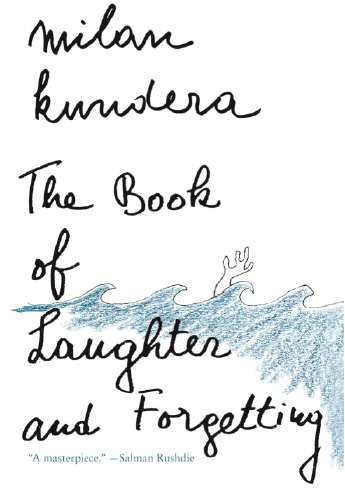
The Book of Laughter and Forgetting
A kaleidoscopic novel blending memory, politics, and desire, exploring the fragile boundaries between laughter and forgetting in postwar Czechoslovakia.
Review:
Kundera’s “The Book of Laughter and Forgetting” is a novel of fragments—stories and sketches that slip between memory and oblivion, eros and exile, the personal and the political. Each character is drawn with a kind of aching tenderness: Tamina, the widow adrift in grief, “longing for a single memory to save her from drowning”; Mirek, the dissident who “fights forgetting like a man fights sleep”; and the elusive Sabina, whose betrayals are “her only link to the world.”
Kundera’s prose is playful, melancholic, and slyly philosophical: “The struggle of man against power is the struggle of memory against forgetting.” The novel’s women—Tamina, Eva—are both real and spectral, their desires and wounds refracted through the narrator’s gaze, sometimes tender, sometimes troublingly distant.
The book is haunted by the erasures of history and the absurdities of love, by laughter that liberates and laughter that wounds. “Laughter, and forgetting, are forms of freedom,” Kundera writes, but also forms of exile. In these pages, memory is both burden and balm, and forgetting is never quite complete.
Personal Reflection:
As a teenager, I used to hang on every word of Kundera: from Unbearable Lightness to Immortality. But the philosophical sketches that used to seem so profound, now come off here as flimsier sketches of what Kundera is capable of. The same female tropes seem to come up over and over again: the Sabinas and the Teresas, in slightly different garb — a fickle old man flirting with the notion of polyamory by assigning desire into the minds of “cool” female characters like Eva, while also simplistically idealizing the tenacity of a widow’s fidelity and sexual repression (Tamina, drowning). Meanwhile, the feminine has been abstracted to a whisper. The gaze is still unquestionably male, the voice so repulsively chauvinistic — that now, in my 30s, I am aching to remember what I found to be so poetic, so philosophically resonant about Kundera’s writing during my adolescence.